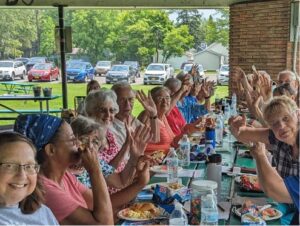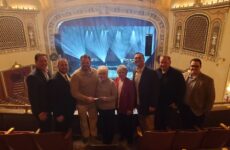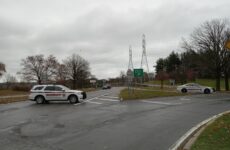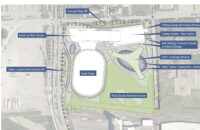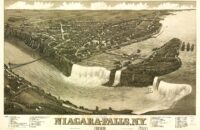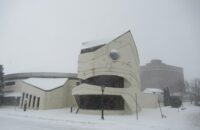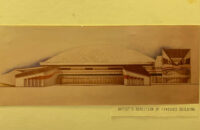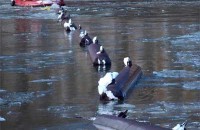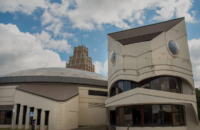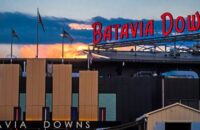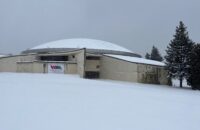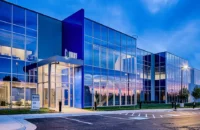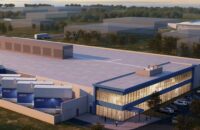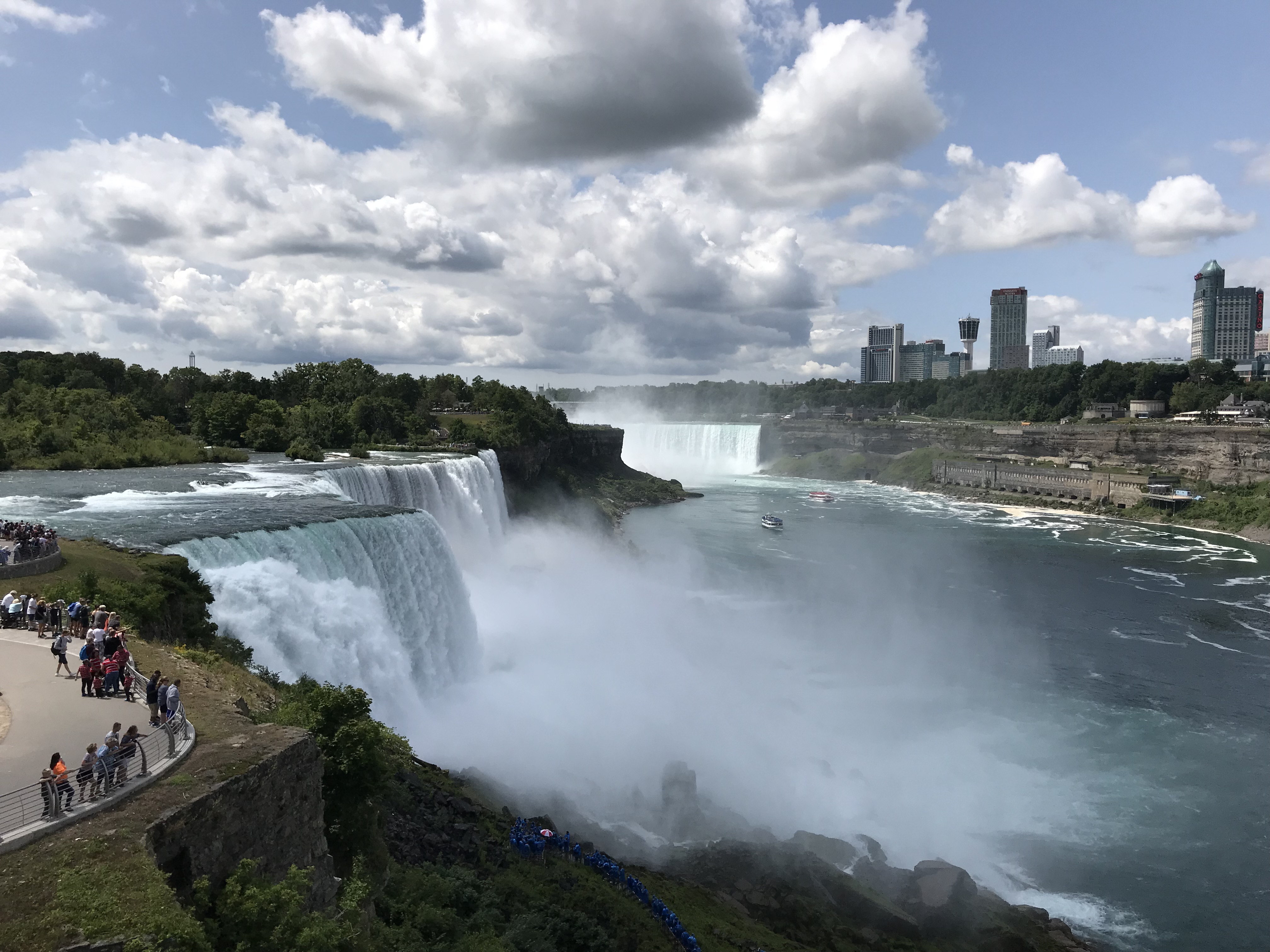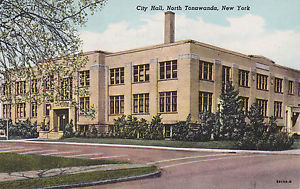
Officials watched from inside this edifice as the City of North Tonawanda waxed and waned… and perhaps will wax again….
Reading old newspapers on line (www.fultonhistory.com ) makes for interesting reading.
In 1958 and 1959, Mayor John Kopczynski opposed the Holiday Park development because he felt that the financial burdens placed on taxpayers for the Wurlitzer Park development for infrastructure and long-term maintenance which were then still an open liability were a serious concern. He also understood that such developments create additional long-term financial liabilities for the School District.
Our more recent City officials seem to think that bond issues are the solution to assuming, on behalf of the taxpayers, liabilities we cannot afford, especially when they can “bury” them in bond issues, thus increasing the overall cost with years, if not decades, of interest payments.
In 1971, when Paul Rumbold was Mayor, the NT Planning Commission hired an outside “professional consultant” to create “the “new” North Tonawanda Planners’ proposals” plan published in the Tonawanda News on February 20, 1971.
Most of it focused on the LaSalle Expressway and Lockport Expressway connecting with the “arterial to nowhere” we ended up with. The only reason for today’s useless “expressway to nowhere” cutting NT in half is its serving as a road named in memory of Vietnam veterans.
Since the arterial never connected to anything but Nash Road, most of the grandiose “plans” at that time never materialized. Some of them, however, are worth remembering, if only because of the cost of the report!
The two-year project cost $63,000, 85% of which was paid for by the State and Federal governments—also representing our tax money. That was 1971, not 2016, money, and would equate to spending $374,398 today! And that doesn’t reflect years of interest payments on bond issues. One has to wonder if we’re still paying for it with some old bond issue!
They never did convert “downtown” to the recommended industrial warehouse corridor, with other non-retail uses like light industry and wholesale outlets, including replacement of older structures with new buildings.
With those plans in 1971 were plans for heavy traffic on Oliver Street. Imagine that!
Mayor Paul Rumbold was spot on when he described the expressway as a “Chinese Wall” and we appreciate the fact that he and some members of the Common Council opposed the arterial, with others favored it in return for state concessions to NT. We did in fact get the “Chinese Wall.” We have heard from quite a number of residents on the east side of the “Chinese Wall” that they lived there for years—and even for decades—before discovering that the “old” part of NT was in fact part of the North Tonawanda they lived in!
The consultants recommended a master plan for Holiday Park and developing the length of the Niagara River and State Barge Canal, acquiring land for parks in areas bounded by River Road, Nash Road, Meadow Drive, Payne Avenue, East Robinson, Sweeney and Zimmerman Streets, west of Ward Road and south of Warner Avenue.
They proposed a major industrial park between Erie Avenue and the Penn Central line and earmarked as locations for new industries areas east of Oliver, south of Wheatfield , east of Ironton , north of Wheatfield ; and west of Ward.
In addition to major plazas including retail operations, personal-business services, office and finance, at intersections of the Division Arterial and Meadow; the Division Arterial and Erie Avenue; and Walck Road and Toellner Avenue (now Wurlitzer Drive), they proposed neighborhood plazas- shopping centers located at least ¾ of a mile apart to provide for small supermarkets, drug stores, beauty parlors-barber shops, and laundromats.
Small plazas were recommended at Payne and Sweeney ; Robinson and Oliver ; Warner and Witmer; Sweeney and Meadow (which never did get completed through to Sweeney); East Robinson and the LaSalle Expressway; Meadow and Nash; Nash and Ruie; and Ward and Washington .
Fast forward to the 1980s and 1990s. We had an influx of “immigration” from the Town of Tonawanda and other areas of developers, former contractors, and real estate investors, none too concerned about the residents of North Tonawanda but very concerned with making money from property purchases, governmental assistance to renovating, and flipping them to others rather than making a long-term commitment to NT.
City officials watched downtown die a slow and agonizing death as the 1980s came along.
The current “revitalization” doesn’t include much that is useful to ordinary residents or the quality of life of those who live in NT. It doesn’t show much respect for the few remaining “historical” structures in the downtown area.
Why didn’t our 1971 “investment” in that study result in at least part of its recommendations becoming reality?

